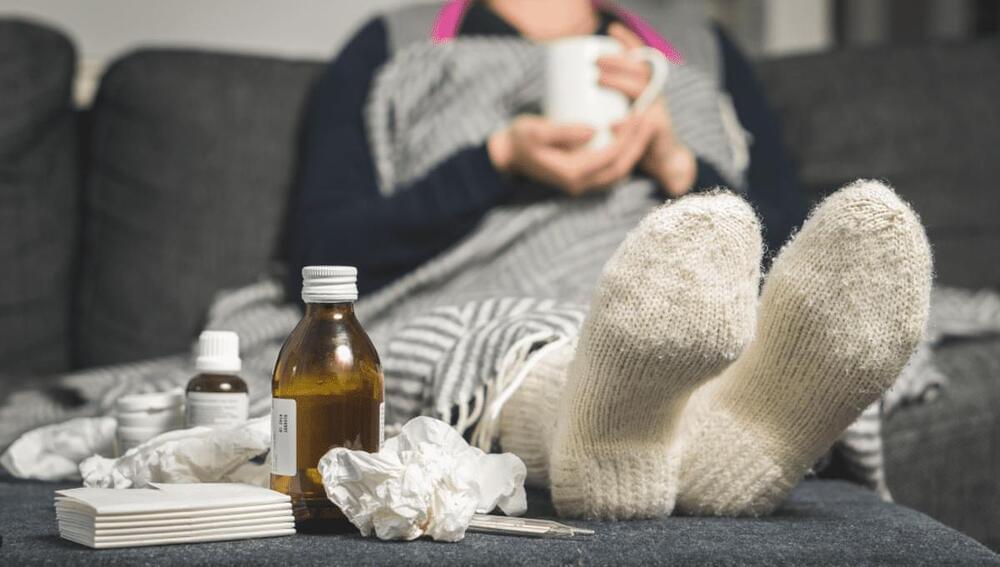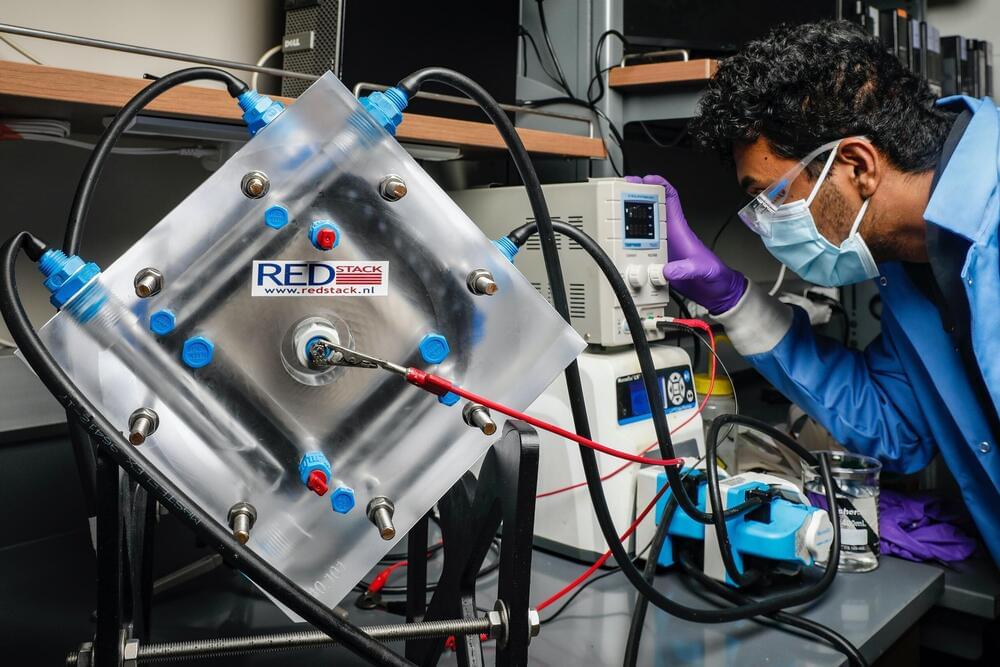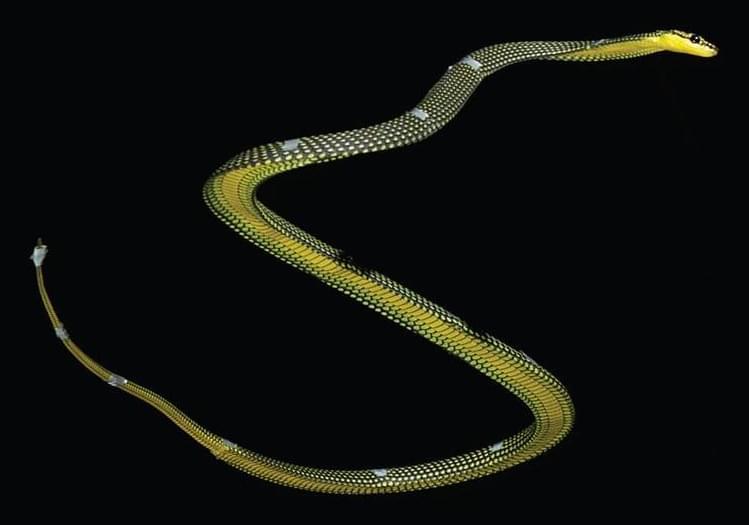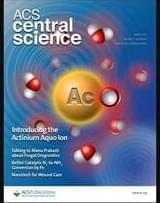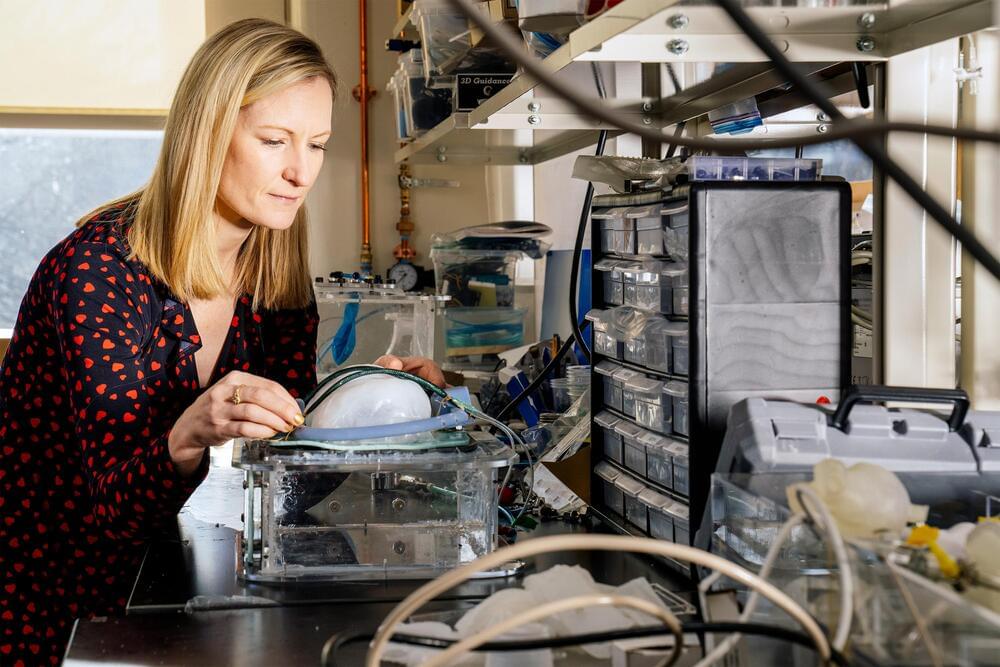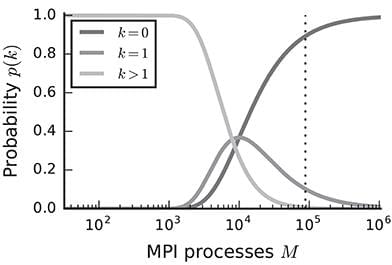New research has finally pinned down an physiological change that explains why we are so much more prone to certain respiratory infections when the weather is lousy. The discovery is the first biological mechanism to explain why the common cold, flu and COVID-19 see such significant seasonal spikes when the weather is colder in certain regions, and could help us work on better preventative measures.
“Conventionally, it was thought that cold and flu season occurred in cooler months because people are stuck indoors more where airborne viruses could spread more easily,” said Dr Benjamin Bleier, director of Otolaryngology Translational Research at Mass Eye and Ear and senior author of the study, in a statement.
“Our study however points to a biological root cause for the seasonal variation in upper respiratory viral infections we see each year, most recently demonstrated throughout the COVID-19 pandemic.”
